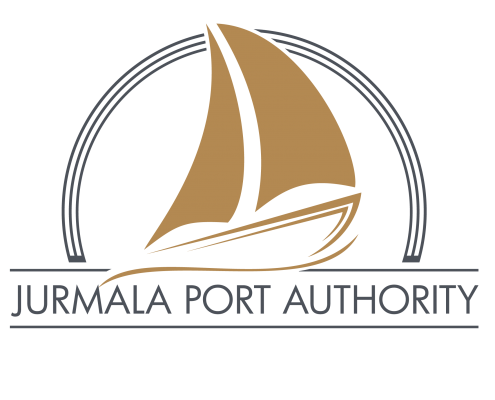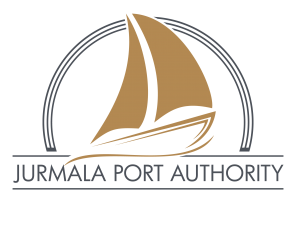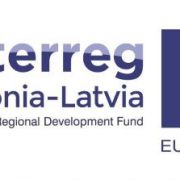Project “Improvement and promotion of the East Baltic Coast harbours network, Est-Lat177” (EASTBALTIC HARBOURS)

Programme:
The Cooperation Programme “Interreg V-A – Estonia-Latvia” 2014-2020 financed by the European Regional Development Fund (ERDF).
Programme priority No.3 “Better network of harbours”; Specific objective No. 3.1. “An improved network of small harbours with good levels of service”
Aim of the project:
To improve, strengthen and expand the sailing infrastructure of the network of harbours in Estonia and Latvia and to promote the East Baltic as a sailing destination.
Project activities:
To fulfil the project objective, the project will implement activities in two main directions – investments in harbours and marketing activities of the network. Investment activities will complement the investment activities implemented in EST-LAT Harbours project to avoid overlap and will contribute to the creation of equal safety and service standard level in the East Baltic network.
Investments in harbours are directed at:
- navigation signs (leading lights, spar and floating lateral buoys, fixed lateral navigation signs). equipment necessary for monitoring the depth of the fairway;
- ensuring protection from waves: strengthening of the coast, construction or reconstruction of piers, breakwaters;
- ensuring minimum depth: depth alongside the quays and access way (fairway) 2,5 m;
- increasing marina capacity in creating minimum and additional properly marked mooring places: establish floating pontoons (concrete) and fingers,
- installing floating piers (with electricity and water equipment);
- reception of waste and management of wastewater;
- electricity and drinking water available on the quay, free wi-fi available in the harbour area, in the marina for greywater disposal and bilge water facilities;
- slipways established, crane or other boat lifting equipment purchased, building yacht storage place established, boat repairs equipment purchased;
- ensuring assistance/emergency service;
- fuel supply facilities.
Marketing activities are aimed to promote EastBaltic (Estonia and Latvia) as an attractive, interesting and safe sailing destination to visit. Target visitors and markets addressed are sailors from Germany, Finland, Sweden, Poland and local market – Latvia and Estonia.
Following activities will be carried out:
- participation in international boat shows;
- network visibility in international networking events;
- organizing of FAM trips for journalists, opinion leaders of target markets;
- printed materials: updating and publishing the 3rd edition of harbours guide and coastal tourism image guide;
- expanding eastbaltic.eu and enhancing digital marketing;
- specific marketing content development and distribution (social media, articles for journals, stories, etc.).
Project result:
As a result of the project, the infrastructure of Estonian and Latvian small ports will be improved and higher quality services will be provided, as well as the international recognition of small ports and inclusion in the port network will be promoted.
Project partners:
- Riga Planning region (Latvia) – the Lead Partner
- Kurzeme Planning region (Latvia)
- NGO “Estonian Small Harbour Development Center” (Estonia)
- Salacgrīva port authority (Latvia)
- Rīga Free port authority (Latvia)
- Jūrmala port authority (Latvia)
- Engure port authority (Latvia)
- Roja port authority (Latvia)
- SIA New Yacht Marina (Latvia)
- Pāvilosta port authority (Latvia)
- AK Pāvilosta Marina (Latvia)
- Foundation Hiiumaa Harbours (Estonia)
- AS Saarte Liinid (Estonia)
Project duration: 01.09.2020. – 31.12.2022
Project budget:
EUR 3 304 285.93 EUR, incl. ERDF Interreg Estonia-Latvia 2014-2020 programme’s co-financing EUR 2 808 643.01. Riga Planning Region participates in the project as a lead partner with the planned project budget of EUR 203 265.00 (ERDF support EUR 172 775.25).
Website:
https://estlat.eu/en/estlat-results/eastbaltic-harbours.html
Project contact person in Riga Planning Region: Inga Brieze, mail: inga.brieze@rpr.gov.lv, tel.: +371 29488197
This information reflects the views of the author. The managing authority of the programme is not liable for how this information may be used.



